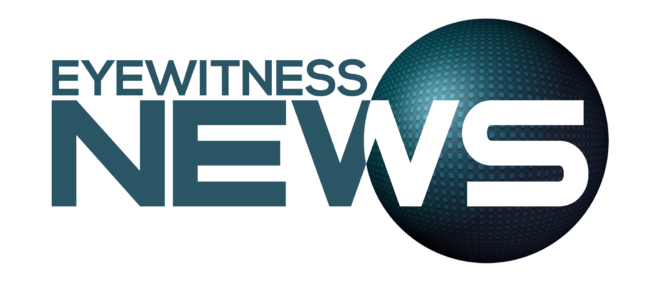By Derek Smith
Buzz words and topics of speakers and presenters around the world over recent months and years have included, strategy, new normal, pivoting and most recently – agility. Many executive leaders (c-suite leaders) are consistently grappling with decisions surrounding change management, supply chain reliance and telework vs traditional working environments. Notwithstanding wrestling with the above, executive management has been exposed to the somewhat daunting task of the regulatory agenda of international watchdogs that have initiated massive changes to their working environments. Additionally, conduct and culture are climbing up both the regulatory agenda and consumer (internal and external) expectations.
The reality is c-suite leaders have an excellent opportunity to optimize performance, mitigate risks, understand staff and protect their company’s brand while engaging in agile but regulatory allowed practices. Moreover, a strong compliance partner can be crucial to this opportunity.
I submit that a compliance function’s main objective is operational. Therefore, if c-suite leaders are looking to enhance their operational framework, it appears strategic that compliance should have an independent but senior voice in an institution.
Against this backdrop, here are three areas where a compliance function can assist with business agility and reputational management.
Compliance Builds Trust
Trust requires repeated interactions, honest communication and following through on commitments. Equally, agility demands interactions over process. Therefore, I would argue that the compliance function is the perfect catalyst to build trust and communicate consistently. Additionally, c-suite leaders should trust but verify. A compliance function manages the verification of adopted policies and reinforces cultural values of an organization. It also administers training around the importance of honesty, candor, rules and regulations.
Compliance is a Collaborator
Historically, compliance seemed burdensome to many processes based on reaching out to internal partners as circumstances arose. This was needed as compliance ensured the internal processes were compliant with regulations and the values of the organization. Agile regulatory risk management now includes identification changes, bringing together key business stakeholders to access impact and changes required before process changes. This allows the affected stakeholders to have direct conversation with compliance to ensure the finalized product and process is compliant. Moreover, stakeholders with differing views and interests balance themselves out. This adds to ongoing efficiency.
Compliance drives innovation and change
There are several approaches used for training throughout the world. Compliance has the opportunity to introduce adaptive compliance training vs linear compliance training. The one-size-fits-all approach although ground in history does not subscribe to an agile environment. On the contrary adaptive compliance training fosters an interactive training environment that does not require in person classes. It is dynamic and tailored to the nuances of the organization. These principles of tailoring to needs can be replicated in sales approaches, compliance, employee experience, customer experience and business operations.
In short, to create an agile organization the partnership between c-suite leaders and compliance is critical in establishing your new normal. Working in silos where decisions are made and then compliance provides credible challenges (advice, suggestions, alternative views) along the way undoubtedly interferes with efficiency. Alternatively, cohesiveness, partnership and joint values will lead to a more nimble, attractive and desirous organization to employees and customers, alike.


